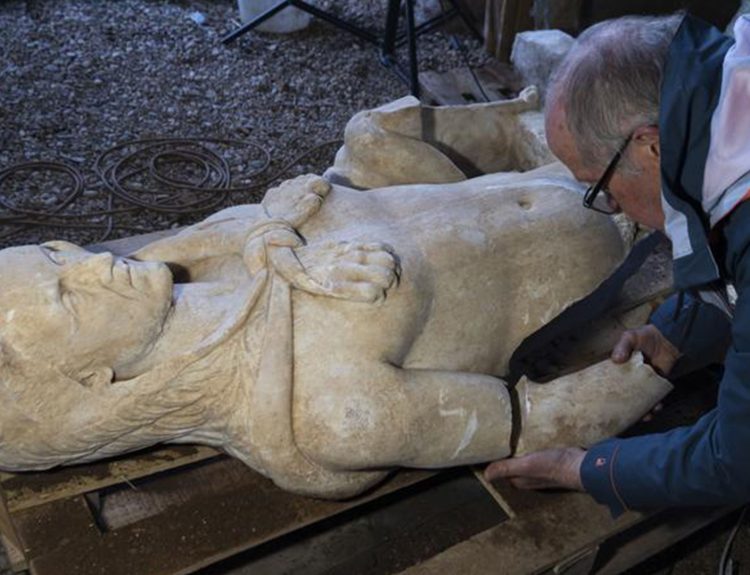According to many treasure hunters, explorers, and historians, there is a treasure trove of riches waiting to be found somewhere in the cave systems of the Philippines. They go even farther to explain that the treasure includes a vast amount of gold, precious gems, and other priceless artifacts … and that a series of elaborate booby traps have kept the treasure safe since the end of World War II.
This may sound like the plot of an Indiana Jones movie, but there may be some truth to the legends of Yamashita’s Treasure. The treasure could yet to be discovered, as many claim. Or it could have already been found by a world figure who used it to finance his political aspirations. Let’s look into the story of Yamashita’s Treasure.
Who Was Yamashita?
General Tomoyuki Yamashita gained prominence for his role in the invasion of Malaya and Singapore, where his forces achieved significant victories over British and Allied troops. Yamashita earned the nickname “The Tiger of Malaya” for his successful campaign.
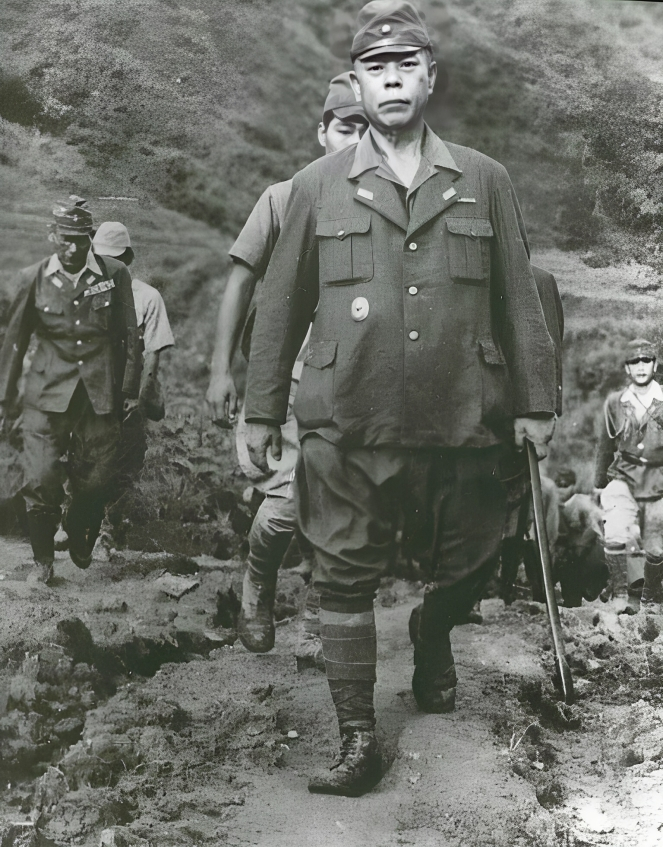
Later in the war, Yamashita commanded Japanese forces in the Philippines. Yamashita faced challenges as his forces retreated, eventually leading to his defeat by American and Filipino troops. After the war, he was charged with war crimes, particularly related to the brutalities committed by his troops during the Battle of Manila. General Yamashita was tried and subsequently executed by hanging.
Where Did Yamashita’s Treasure Come From?
According to the story, the riches that make up Yamashita’s Treasure came from the national coffers of the countries that were occupied by Japan during World War II. Yamashita, it is claimed, ordered his men to loot gold, silver, jewels, and valuable artwork for national reserves, as well as from the personal property of wealthy citizens.

During World War II, Japan occupied several nations and territories in its pursuit of territorial expansion and resource acquisition. The most notable among these were the occupation of China, Korea, and Taiwan. In Southeast Asia, Japanese forces occupied Vietnam, Cambodia, and Laos. Following the attack on Pearl Harbor, Japan quickly seized control of the Philippines, Malaysia, Singapore, the Dutch East Indies (Indonesia), and various Pacific islands.
Stashing the Treasure
As the legend tells us, the Japanese were facing defeat in the Philippines. General Yamashita didn’t want the vast collection of looted gold and artifacts to fall into the hands of the American and Filipino troops, so he ordered a small group of trusted men to hide the valuable treasure in a safe place.

Just where was this safe place? That has been the subject of much debate. According to some accounts, the treasure was divided among several locations, but some stories claim it was kept together. Most versions of the tale explain that the gold was hidden underground, either in Japanese-built tunnels or in natural caves.
Is the Treasure in Cagayan Valley?
Legends of Yamashita’s Gold often include references to Cagayan Valley, located on the Philippine island of Luzon. The story explains that General Yamashita and Prince Tsuneyoshi Takeda of the Japanese Imperial Family used slave labor to hide the treasure in the Cagayan Valley.
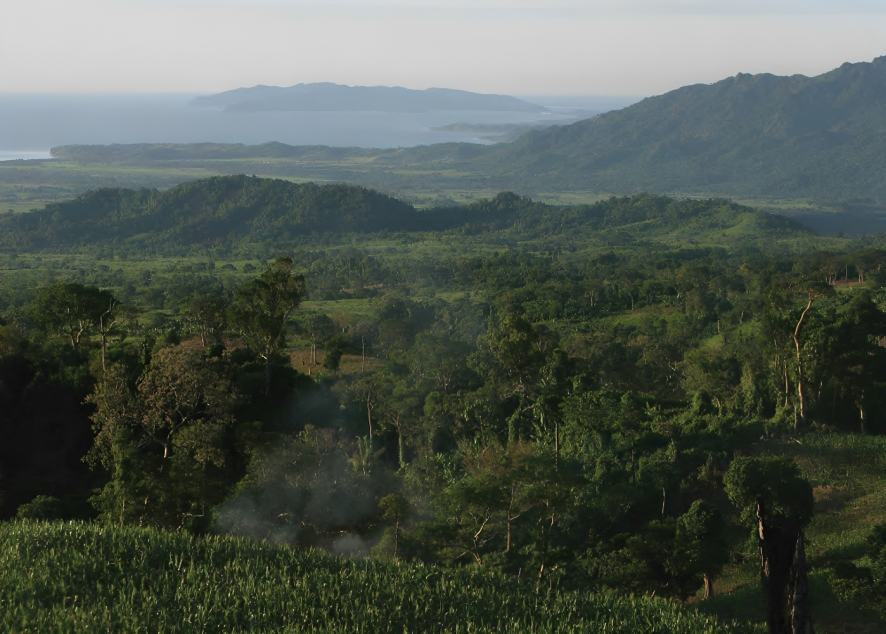
According to this version of the story, the slave workers dug a tunnel into the side of a mountain, under the direction of General Yamashita and Prince Takeda. Once it was complete and the treasure was securely hidden inside, the men sealed off the entrance to the tunnel, trapping the slaves inside. This would ensure that no one knew the location except the general and the prince.
Booby Traps and Safeguards
Most versions of the story of Yamashita’s gold mention booby traps and safeguards that protect the treasure. This is not surprising. The Japanese frequently used booby traps during World War II. More than 300 casualties were reported among the Allied troops from Japanese booby-traps, landmines, and hidden explosives.
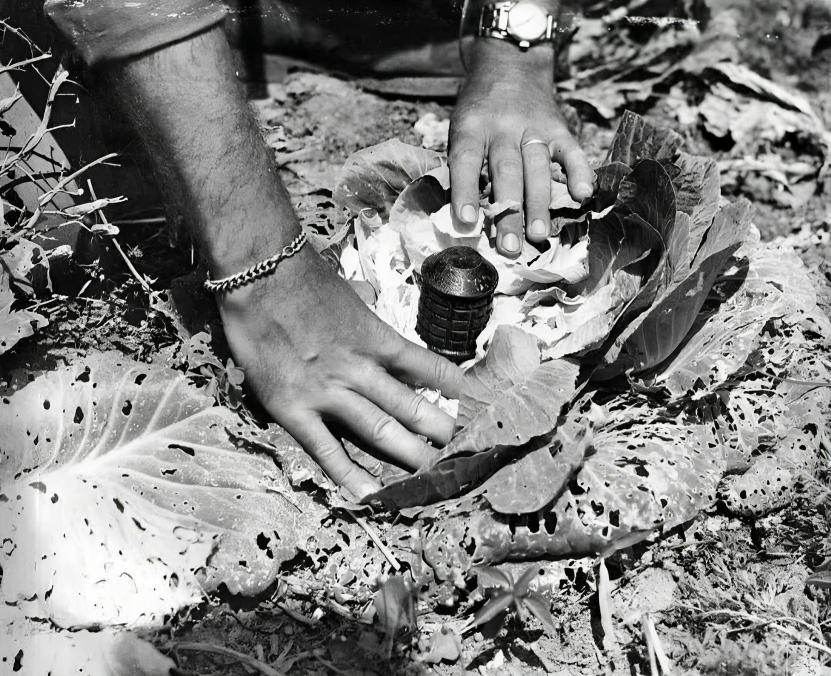
Treasure hunters have long speculated about the nature of the booby traps used to protect Yamashita’s gold. There could be bombs or explosives in place, but there may also be poisonous gas booby traps as well. The Japanese were experts at using water traps and suspended rock traps too. Any of these could have been used to keep the treasure from being found.
Was the Treasure Already Found?
Rogelio Roxas, a treasure hunter from the Philippines, claimed in a lawsuit that he located and retrieved the bulk of Yamashita’s treasure. Shortly afterward, Roxas claims that Ferdinand Marcos, who was the president of the Philippines at the time, had him roughed up and arrested and seized the gold he unearthed.
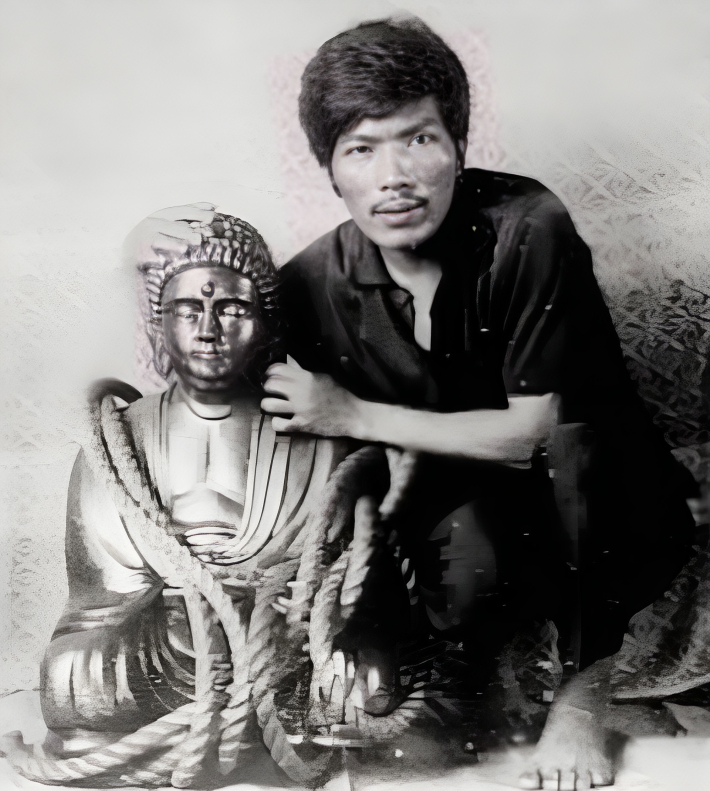
In his lawsuit against Ferdinand Marcos and his wife, Imelda, Roxas stated that he was wrongly imprisoned, his human rights were violated, and the treasure he found was stolen from him. The Hawaii Supreme Court decided that there was sufficient evidence to show that Roxas had found the treasure and that it was taken from him by the Marcos. Roxas’ estate was awarded a settlement of more than $40 billion.
Imelda Marcos’s Confession
Prior to the settlement of Rogelio Roxas’s lawsuit, Imelda Marcos, the wife of former Philippine president Ferdinand Marcos, made a damning statement that seemed to support Roxas’s claim that he found the treasure decades ago.
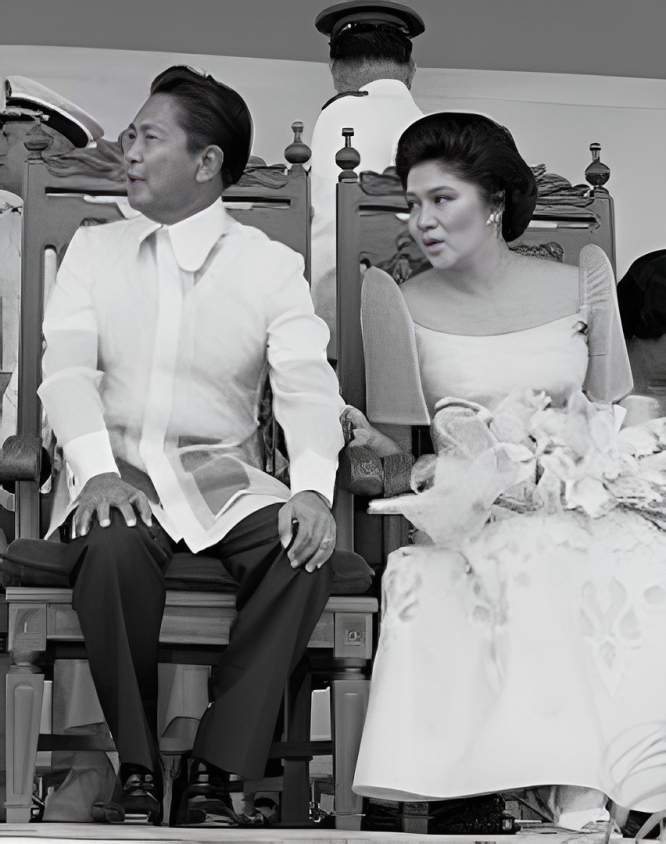
Imelda Marcos publicly admitted that most of her husband’s wealth came from gold he recovered following World War II. She added that Yamashita’s gold made up the majority of it. Yet if Yamashita’s gold has already been found, why are treasure hunters still searching for it?
More Treasure to Be Found?
Treasure hunters still believe there is more gold from Yamashita’s treasure to be discovered in the Philippines. Recent reports – including viral Reddit videos – seem to support this. And it supports the theory that the Japanese used water traps to keep the treasure hidden.
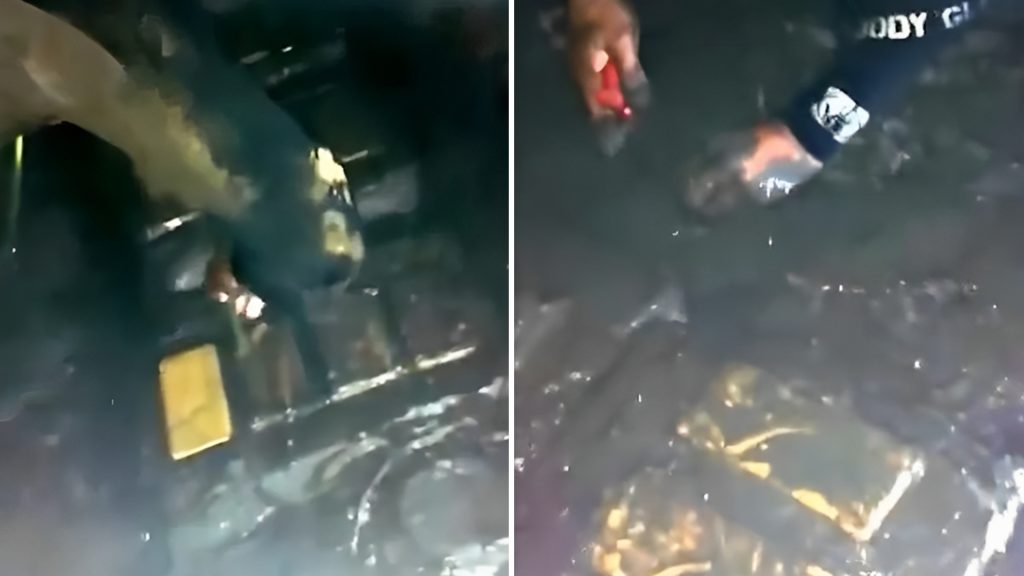
The footage, which was widely viewed and shared, showed a diver wiping mud from a gold bar. Is there more of Yamashita’s treasure to be found? That is a question that is not easily answered. The allure of buried treasure, however, continues to fascinate treasure hunters and spur them on to keep searching.




